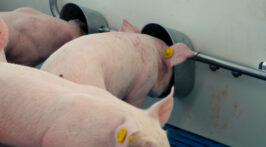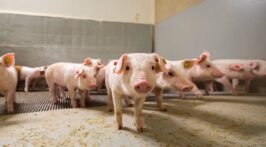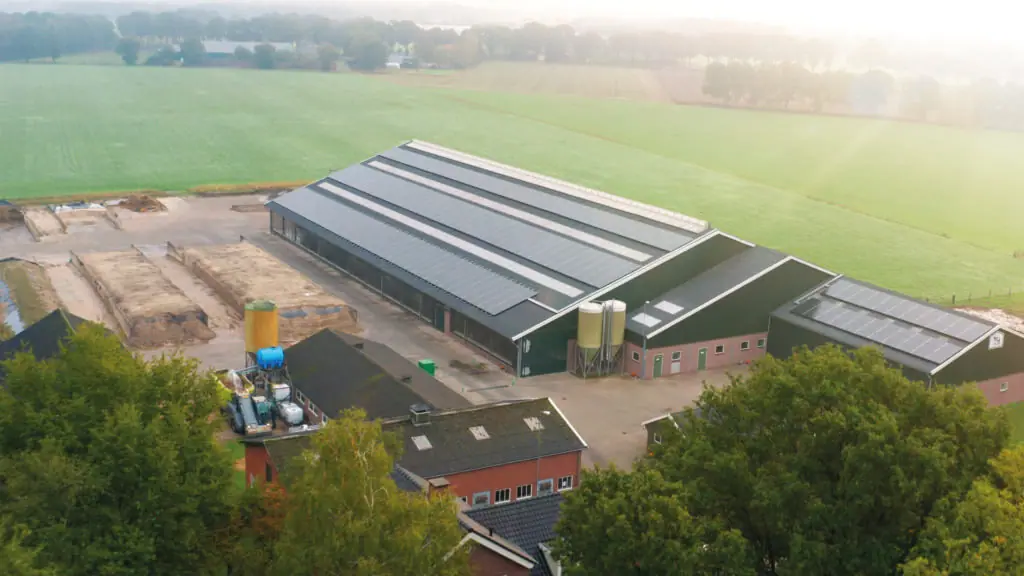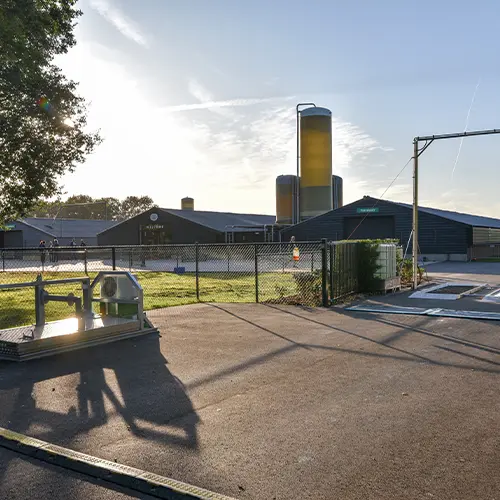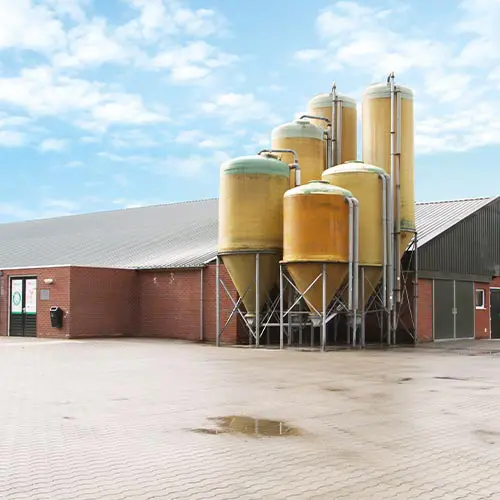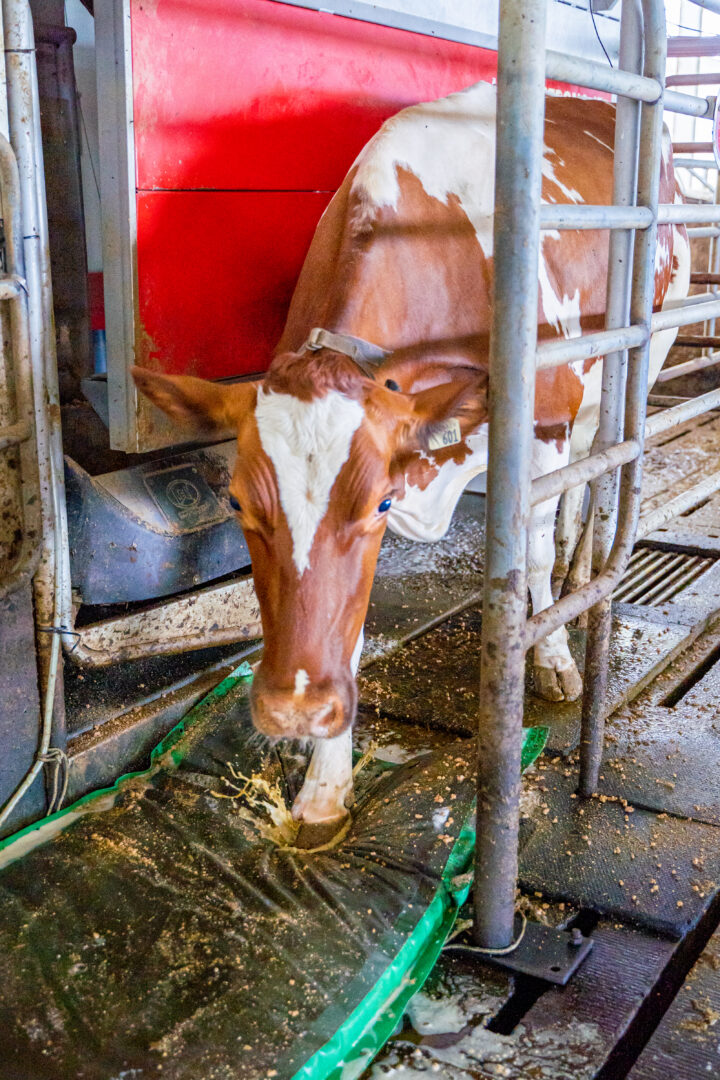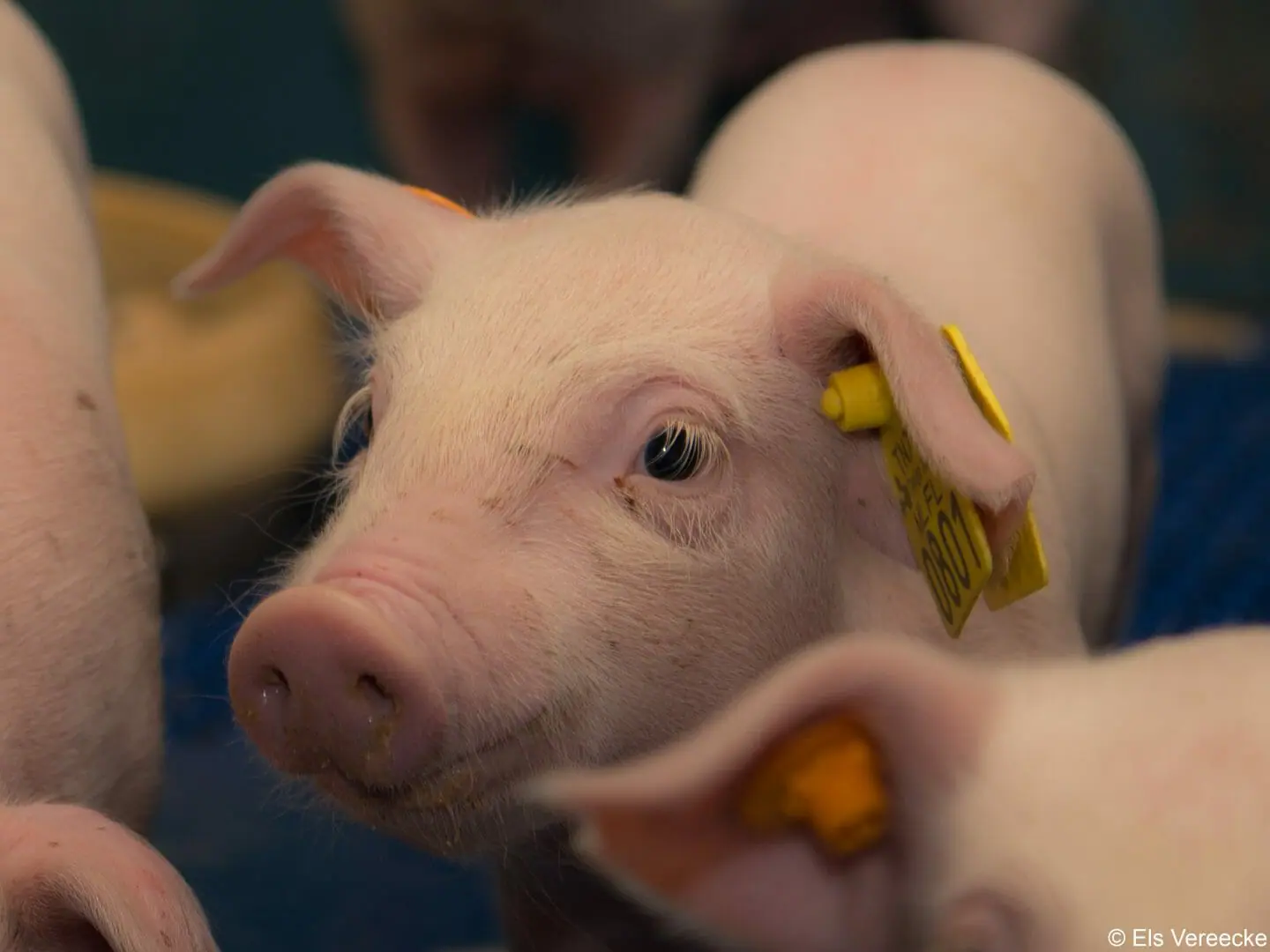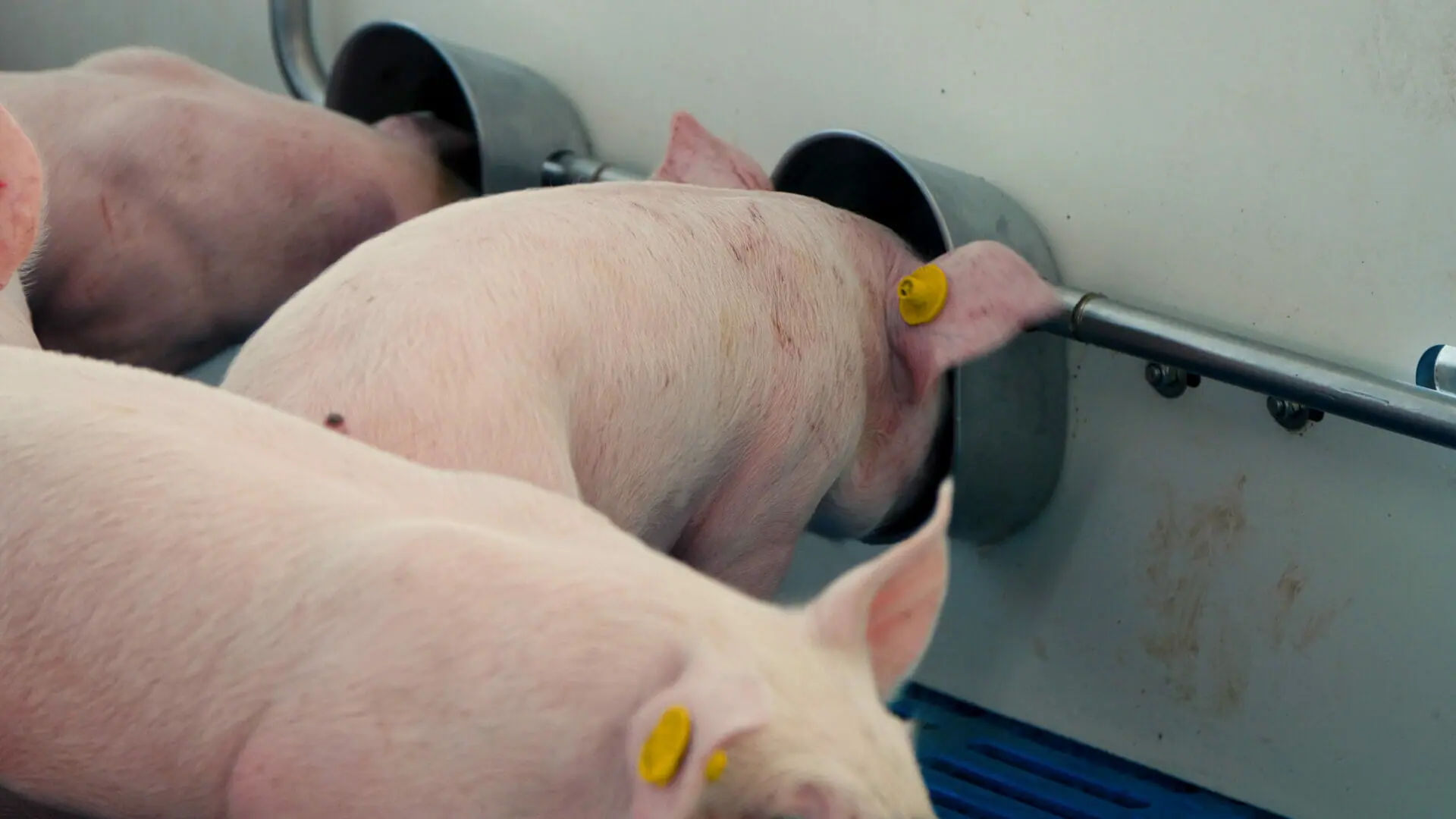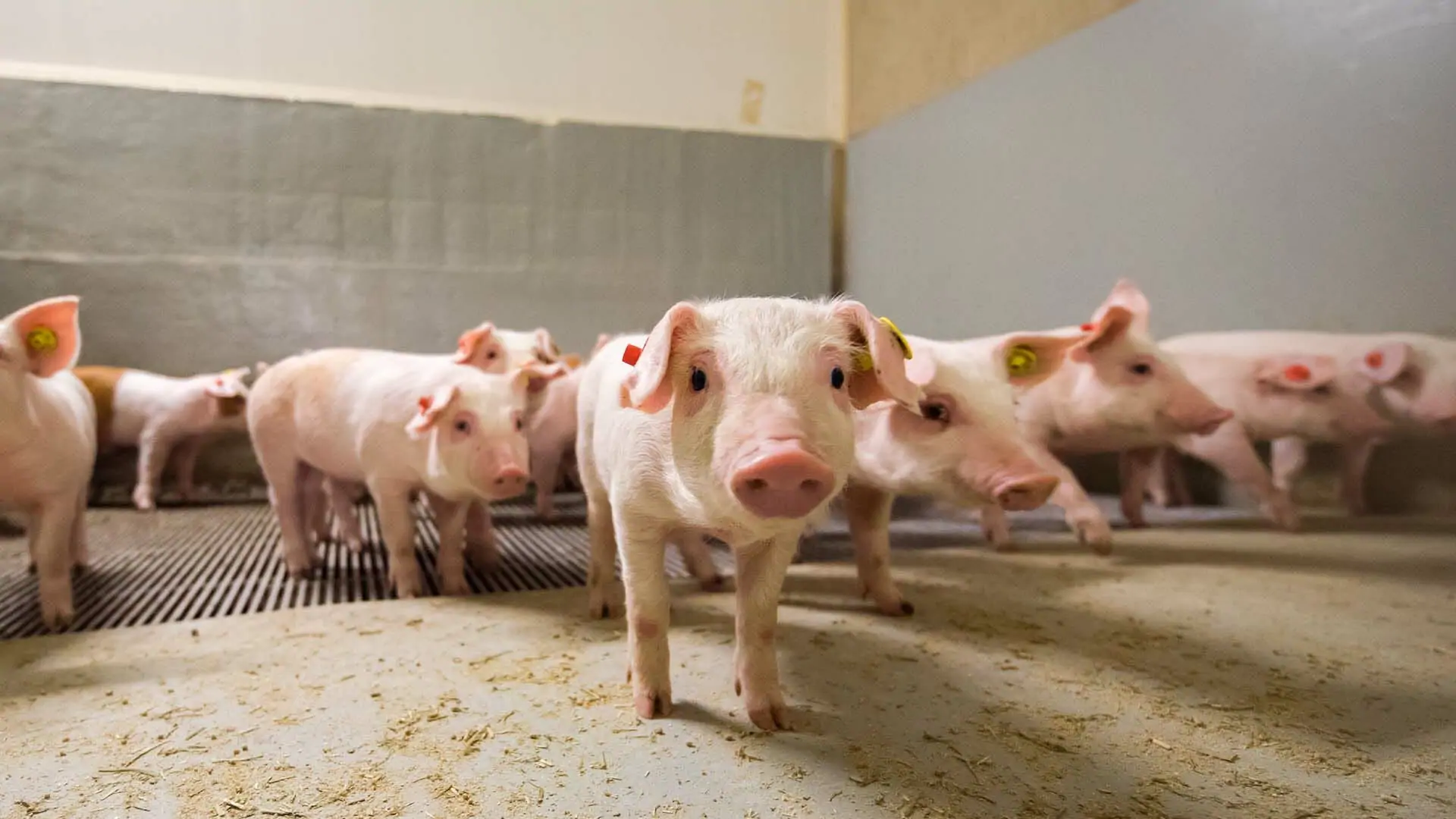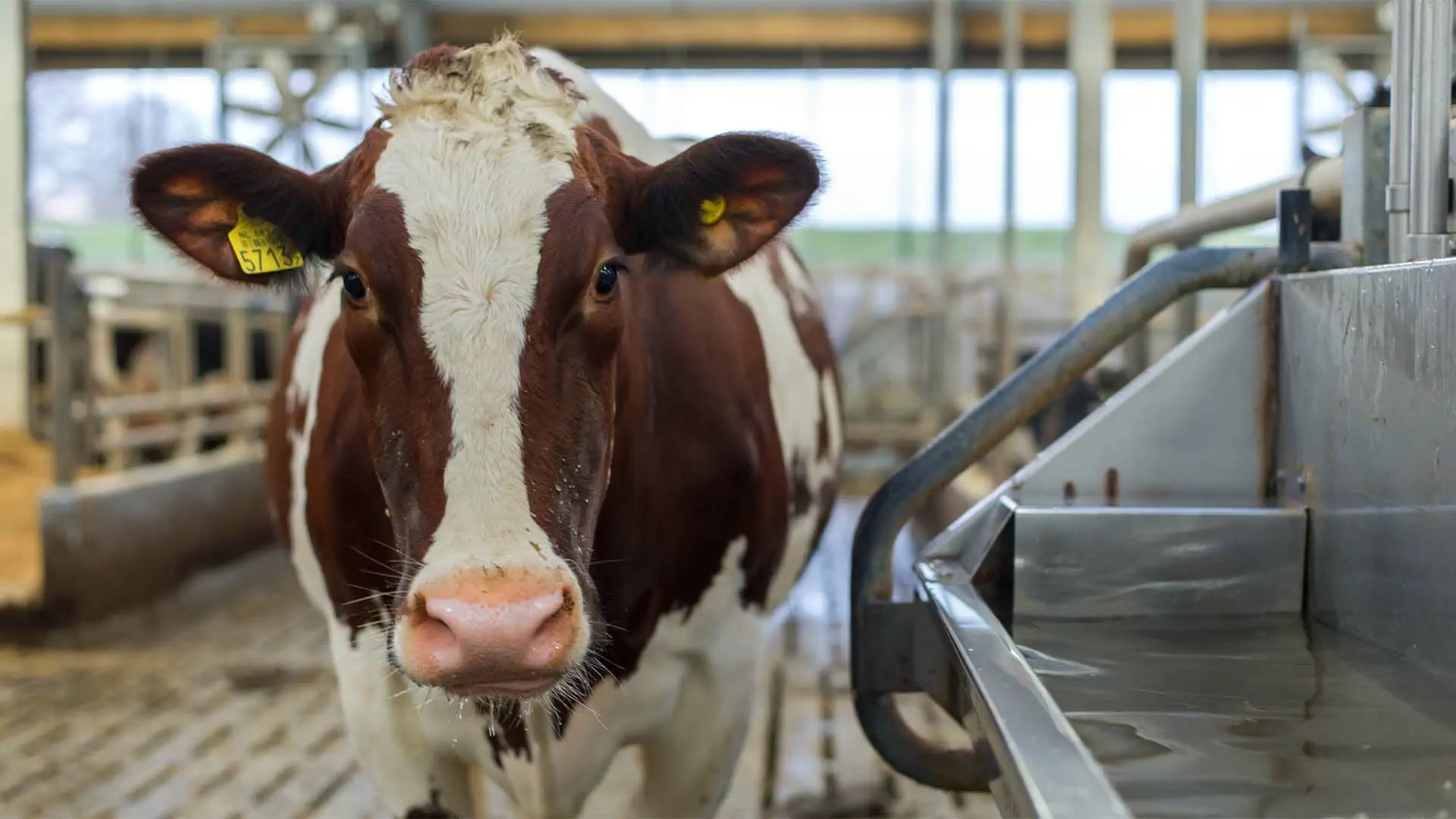Why do many rations brew so quickly?
A lot of attention is paid to ensilage management, this is an important theme. In spite of all the attention paid to this, we still see that things go wrong when unloading the silo, which results in heating. The silo unloading process is at least as important as the ensilage process. Still, wrongly, it often get less attention.
How does the rotting process occur in the ration?
When unloading the silo, oxygen enters the pit again and bacteria, yeasts and moulds are reactivated. If you mix the ration in the mixer you create additional risk. All raw materials (proteins, energy, moisture, air) come together and the micro-organisms need them for growth. The compound feed is left at the feeding station for 12 to 24 hours, where it is exposed to high temperatures depending on the season, which further accelerates the rotting process. This creates heat, waste products and loss of taste.
What are the risks and costs associated with heating in the compound feed?
There are several risks associated with the activity of these microorganisms: risk of toxin formation, nutrient consumption (5-10%) and abnormal taste, and consequently a reduction in dry matter intake (10-20%).
In spring and summer, the chance of spontaneous heating is naturally greater, because microorganisms thrive better at these temperatures.
Does a rotting process always occur when unloading the silos and how does it develop?
Yes, this is also time-sensitive. The longer this process takes, the faster the rotting process occurs.
